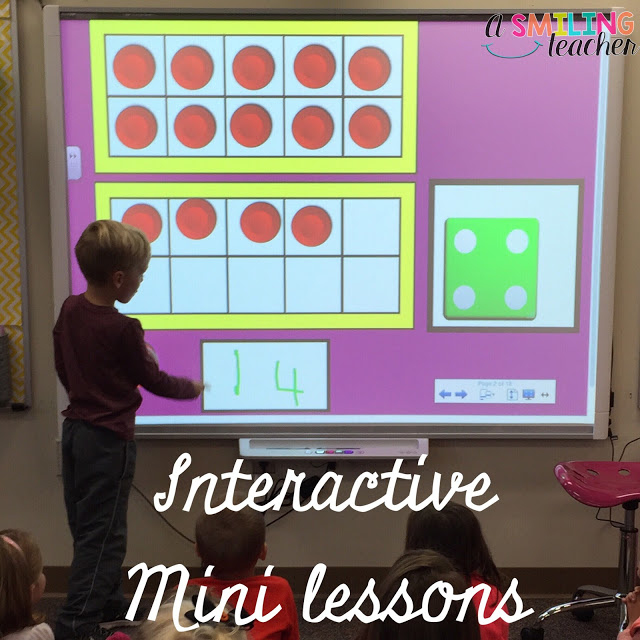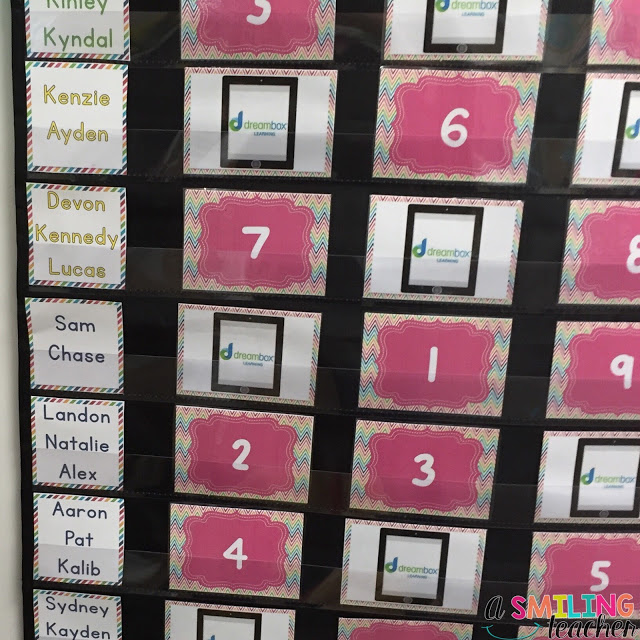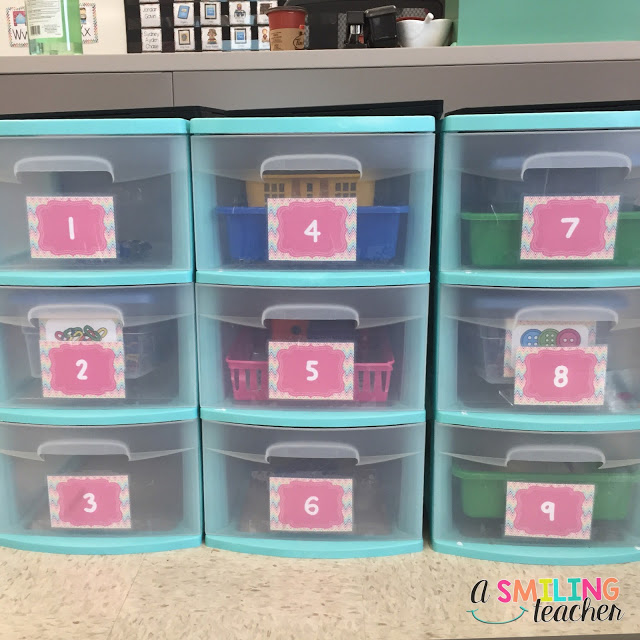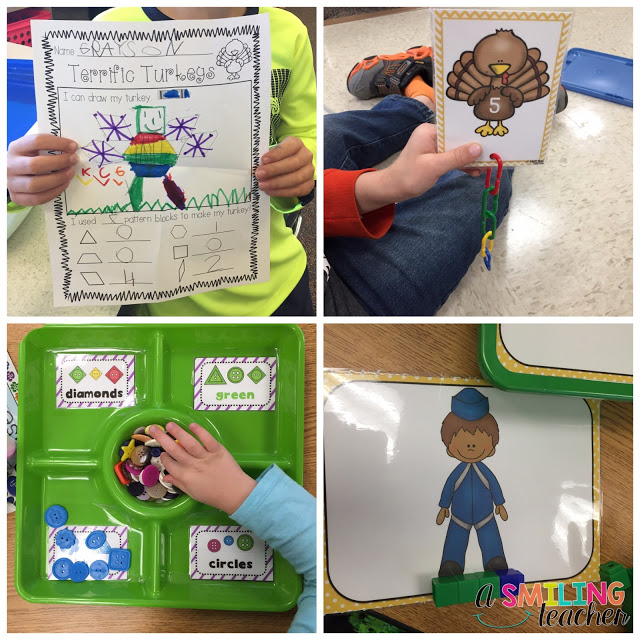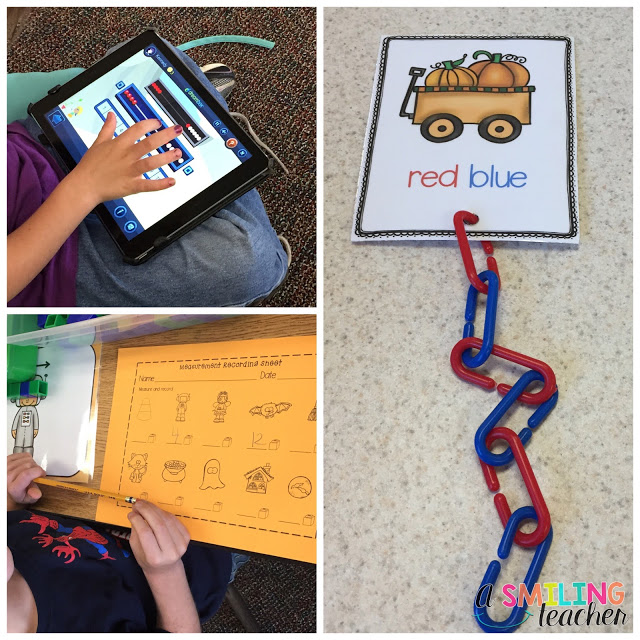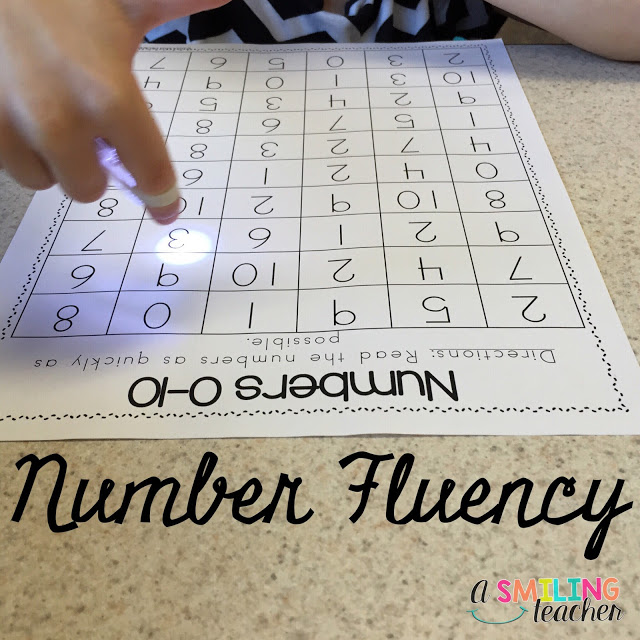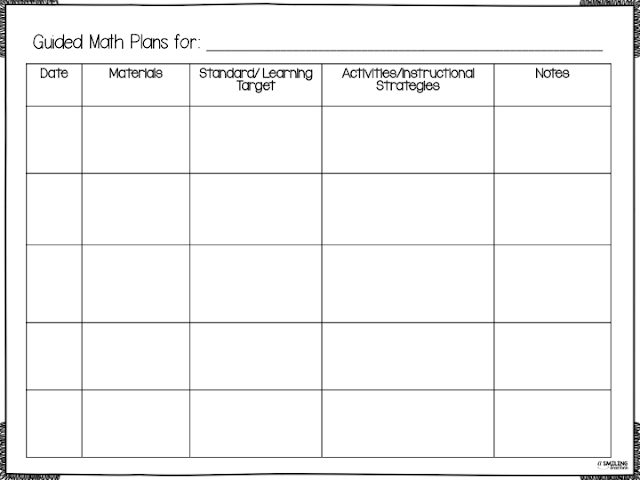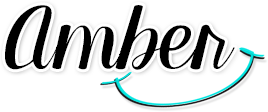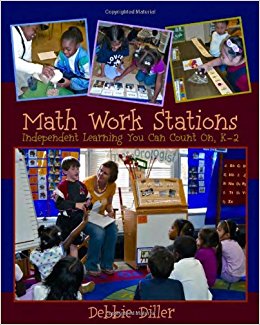
If you are looking to start math workstations in your classroom, I highly recommend this book! It is a super-easy read and provides illustrations and examples to help you create the best version of math stations for your classroom.
Math journals are problem solving notebooks that encourage students to practice problem solving strategies and deepen their understanding of mathematical concepts. I use math journals on a daily basis to assess student learning.
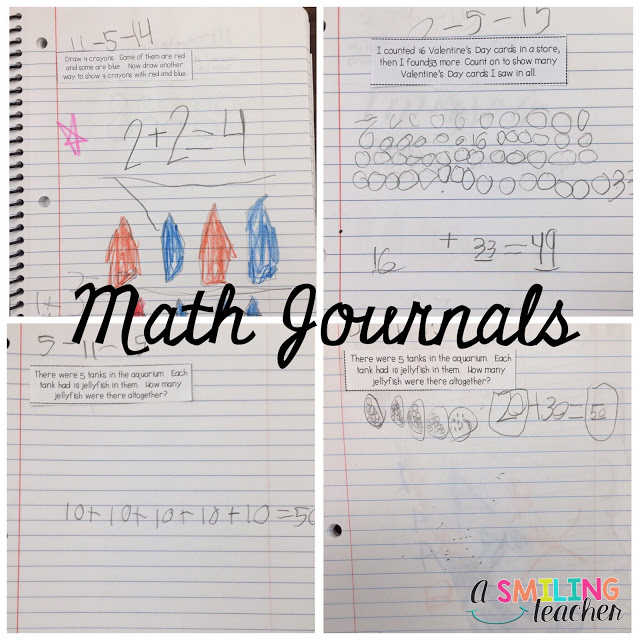
I like to think of math groups just like I think about reading groups. Students have an independent level and an instructional level. I like to warm my students up with some kind of fluency activity that is at their independent level. Next, we jump right into our learning target and get busy with the content that is at their instructional level. We use manipulatives like base ten blocks, counters, number lines, white boards, etc. 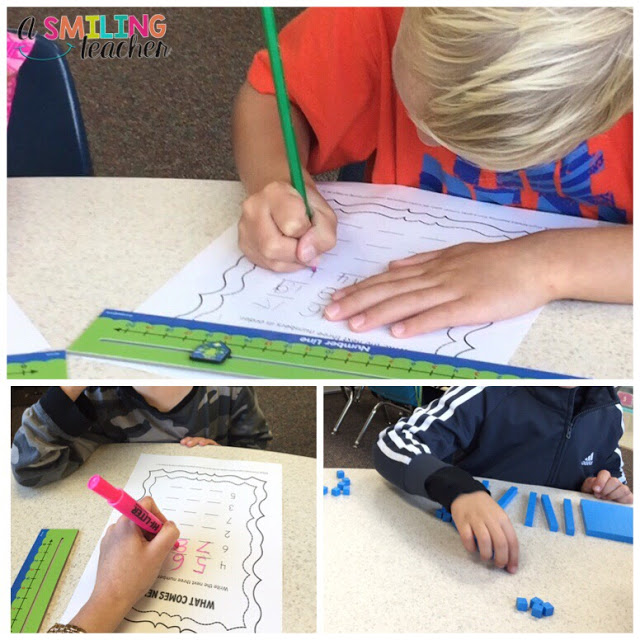
Seriously, you can’t go wrong if you make it hands on. Sometimes I’ll use a recording sheet/worksheet but not all of the time. There has to be a balance between teaching and assessing during this time too! I learn so much about my students by listening in while they problem solve.
